Rabbit Anti-MTOR Recombinant Antibody (VS13-YC747)
CAT#: VS13-YC747
The Rabbit Anti-MTOR Recombinant Antibody is specific for human, mouse and rat MTOR. MTOR, a kinase family member, manages cellular stress responses and acts on cell cycle control via the FKBP12-rapamycin complex. The anti-MTOR antibody can be used for Western blot (1/500-1/1000), Immunohistochemistry-paraffin (1/50-1/200).








Specifications
- Immunogen
- Recombinant human mTOR, aa 2400-2440.
- Host Species
- Rabbit
- Type
- Rabbit IgG
- Specificity
- Human, Mouse and Rat MTOR
- Species Reactivity
- Human, Mouse, Rat
- Applications
- WB, IHC-P, IP
- Conjugate
- NONE
Product Property
- Clonality
- Monoclonal
- Purification
- Protein A purified
- Format
- Liquid
- Concentration
- Please refer to the vial label for the specific concentration.
- Buffer
- TBS (pH 7.4) containing 40% Glycerol and 0.05% BSA.
- Preservative
- 0.05% Sodium azide
- Storage
- Store at 4°C short term (1-2 weeks). Aliquot and store at -20°C long term. Avoid repeated freeze/thaw cycles.
- Shipping
- Shipping with ice pack.
Applications
- Application Notes
- Western blot (WB): 1/500-1/1000
Immunohistochemistry-paraffin (IHC-P): 1/50-1/200
Target
- Alternative Names
- Mechanistic Target Of Rapamycin Kinase; Rapamycin And FKBP12 Target 1; Mammalian Target Of Rapamycin; FK506-Binding Protein 12-Rapamycin Complex-Associated Protein 1; Mechanistic Target Of Rapamycin (Serine/Threonine Kinase); FK506 Binding Protein 12-Rapamycin Associated Protein 2; FKBP12-Rapamycin Complex-Associated Protein 1; Rapamycin Associated Protein FRAP2; FKBP-Rapamycin Associated Protein; Mechanistic Target Of Rapamycin; Rapamycin Target Protein 1; FRAP1; FRAP2;
- Gene ID
- 2475
- UniProt ID
- P42345
- Long Name
- Mechanistic Target Of Rapamycin Kinase
- Sequence Similarities
- Belongs to the PI3/PI4-kinase family.
- Cellular Localization
- Cytoplasm; Mitochondrion outer membrane; Endoplasmic reticulum membrane; Microsome membrane; Golgi apparatus membrane; Lysosome; PML body; Phagosome
- Protein Refseq
- NP_004949.1
- Function
- Serine/threonine protein kinase which is a central regulator of cellular metabolism, growth and survival in response to hormones, growth factors, nutrients, energy and stress signals. MTOR directly or indirectly regulates the phosphorylation of at least 800 proteins. Functions as part of 2 structurally and functionally distinct signaling complexes mTORC1 and mTORC2. Activated mTORC1 up-regulates protein synthesis by phosphorylating key regulators of mRNA translation and ribosome synthesis. This includes phosphorylation of EIF4EBP1 and release of its inhibition toward the elongation initiation factor 4E (eiF4E) (By similarity). Moreover, phosphorylates and activates RPS6KB1 and RPS6KB2 that promote protein synthesis by modulating the activity of their downstream targets including ribosomal protein S6, eukaryotic translation initiation factor EIF4B, and the inhibitor of translation initiation PDCD4. This also includes mTORC1 signaling cascade controlling the MiT/TFE factors TFEB and TFE3: in the presence of nutrients, mediates phosphorylation of TFEB and TFE3, promoting their cytosolic retention and inactivation. Upon starvation or lysosomal stress, inhibition of mTORC1 induces dephosphorylation and nuclear translocation of TFEB and TFE3, promoting their transcription factor activity. Stimulates the pyrimidine biosynthesis pathway, both by acute regulation through RPS6KB1-mediated phosphorylation of the biosynthetic enzyme CAD, and delayed regulation, through transcriptional enhancement of the pentose phosphate pathway which produces 5-phosphoribosyl-1-pyrophosphate (PRPP), an allosteric activator of CAD at a later step in synthesis, this function is dependent on the mTORC1 complex. Regulates ribosome synthesis by activating RNA polymerase III-dependent transcription through phosphorylation and inhibition of MAF1 an RNA polymerase III-repressor.
Customer Review
There are currently no Customer reviews or questions for VS13-YC747. Click the button above to contact us or submit your feedback about this product.
Submit Your Publication
Published with our product? Submit your paper and receive a 10% discount on your next order! Share your research to earn exclusive rewards.
Related Signaling Pathways
Related Diseases
Downloadable Resources
Download resources about recombinant antibody development and antibody engineering to boost your research.
Product Notes
This is a product of Creative Biolabs' Hi-Affi™ recombinant antibody portfolio, which has several benefits including:
• Increased sensitivity
• Confirmed specificity
• High repeatability
• Excellent batch-to-batch consistency
• Sustainable supply
• Animal-free production
See more details about Hi-Affi™ recombinant antibody benefits.
Datasheet
MSDS
COA
Certificate of Analysis LookupTo download a Certificate of Analysis, please enter a lot number in the search box below. Note: Certificate of Analysis not available for kit components.
Secondary Antibody
- CAT
- Product Name
Isotype Control
- CAT
- Product Name
See other products for "MTOR"
Select a product category from the dropdown menu below to view related products.
| CAT | Product Name | Application | Type |
|---|---|---|---|
| MOB-1695z | Mouse Anti-MTOR Recombinant Antibody (clone 35C1) | WB, ICC, IF, IHC | Mouse IgG1 |
| MOB-0941MZ | Recombinant Mouse Anti-Human MTOR Antibody (clone 64F22) | ICC, IF | Mouse antibody |
| MRO-2048-CN | Rabbit Anti-MTOR Polyclonal Antibody (MRO-2048-CN) | IF, IHC, WB | Rabbit IgG |
| VS3-WK1564 | Rabbit Anti-MTOR Polyclonal Antibody | WB, ELISA | Rabbit IgG |
| VS3-WK2163 | Rabbit Anti-MTOR (pS2481) Recombinant Antibody (clone R08-9E3) | WB | Rabbit IgG |
| CAT | Product Name | Application | Type |
|---|---|---|---|
| MOR-2318 | Hi-Affi™ Recombinant Rabbit Anti-MTOR Monoclonal Antibody (DS2318AB) | ICC, IF, IHC-P, WB | IgG |
| MOR-4652 | Hi-Affi™ Recombinant Rabbit Anti-MTOR Monoclonal Antibody (TH165DS) | WB, IF, ICC, FC | IgG |
| CAT | Product Name | Application | Type |
|---|---|---|---|
| VS-0325-XY1390 | Anti-MTOR Immunohistochemistry Kit | IHC | |
| VS-0525-XY4569 | Anti-Mouse MTOR Immunohistochemistry Kit | IHC | |
| VS-0525-XY4568 | Anti-Human MTOR Immunohistochemistry Kit | IHC |
Popular Products

Application: WB, FC, IP, ELISA, Neut, FuncS, IF

Application: IF, IP, Neut, FuncS, ELISA, FC, ICC

Application: FuncS, IF, Neut, ELISA, FC, IP, ICC

Application: Neut, ELISA, IF, IP, FuncS, FC, ICC

Application: FC, IB, Block, Inhib, FuncS, ELISA, FACS, IP, IF

Application: ELISA, IHC, FC, IP, IF, FuncS
-3.jpg)
Application: Neut
For research use only. Not intended for any clinical use. No products from Creative Biolabs may be resold, modified for resale or used to manufacture commercial products without prior written approval from Creative Biolabs.
This site is protected by reCAPTCHA and the Google Privacy Policy and Terms of Service apply.











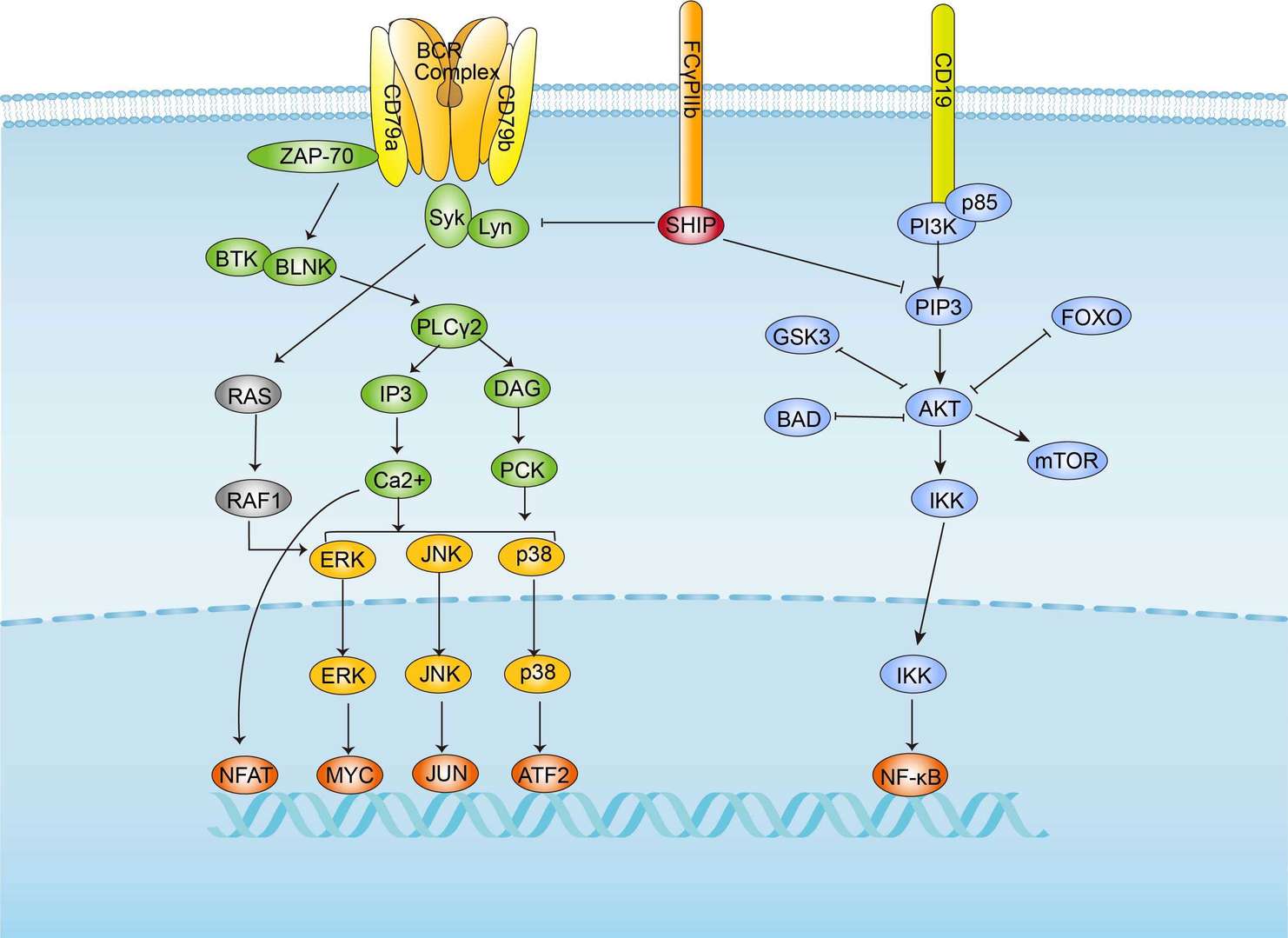 BCR Signaling Pathway
BCR Signaling Pathway
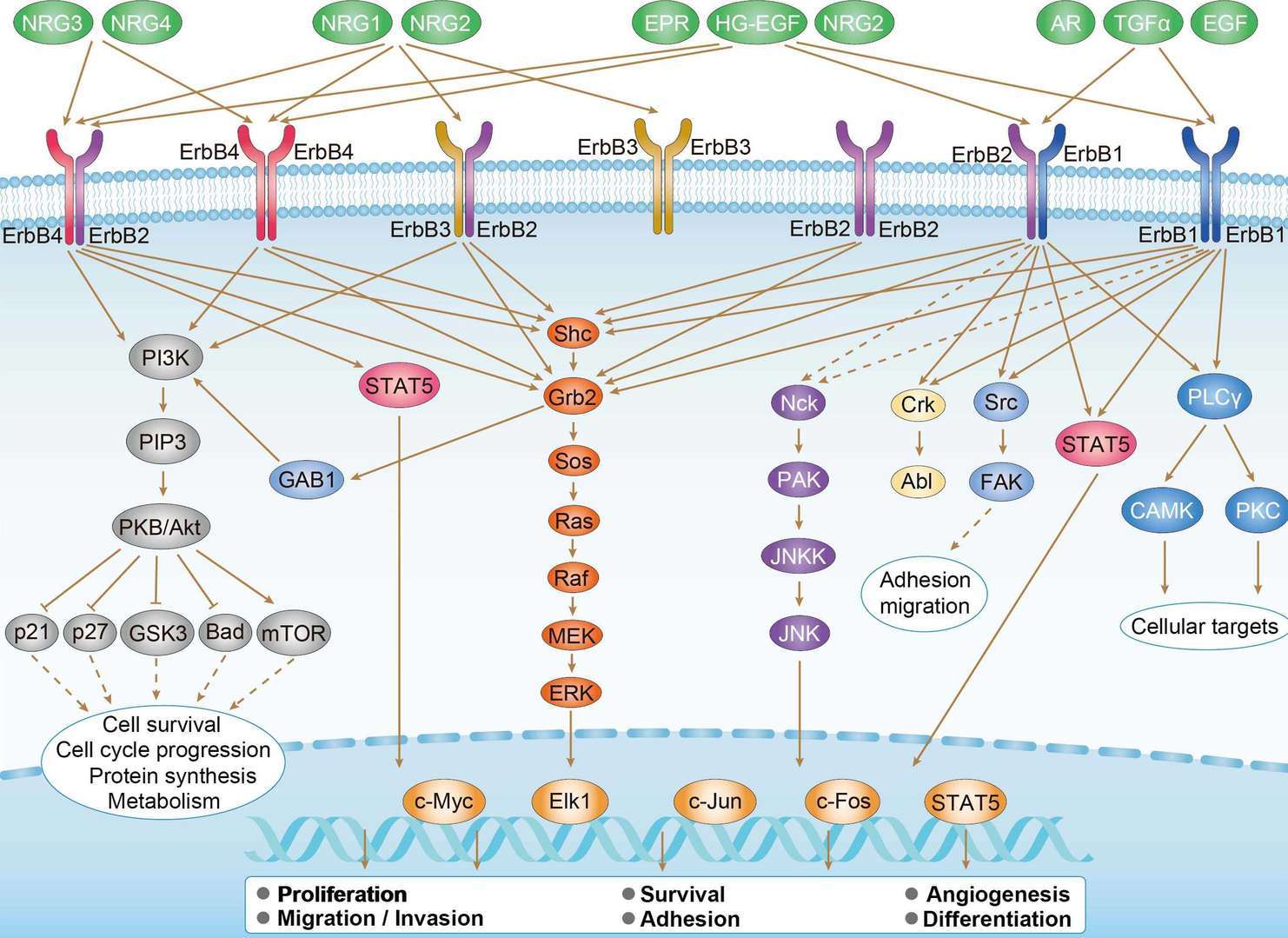 ErbB Signaling Pathway
ErbB Signaling Pathway
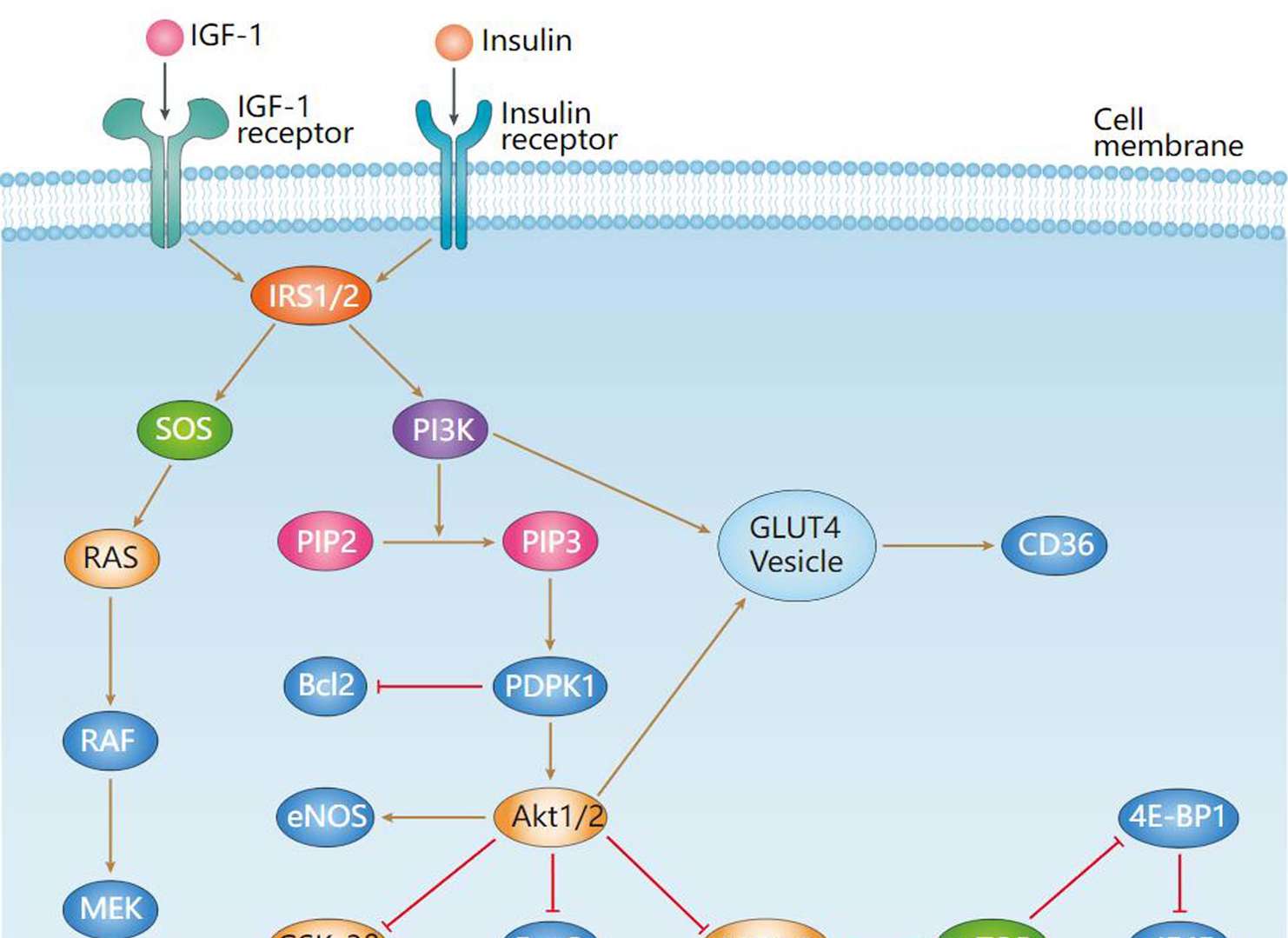 Insulin Signaling Pathway
Insulin Signaling Pathway
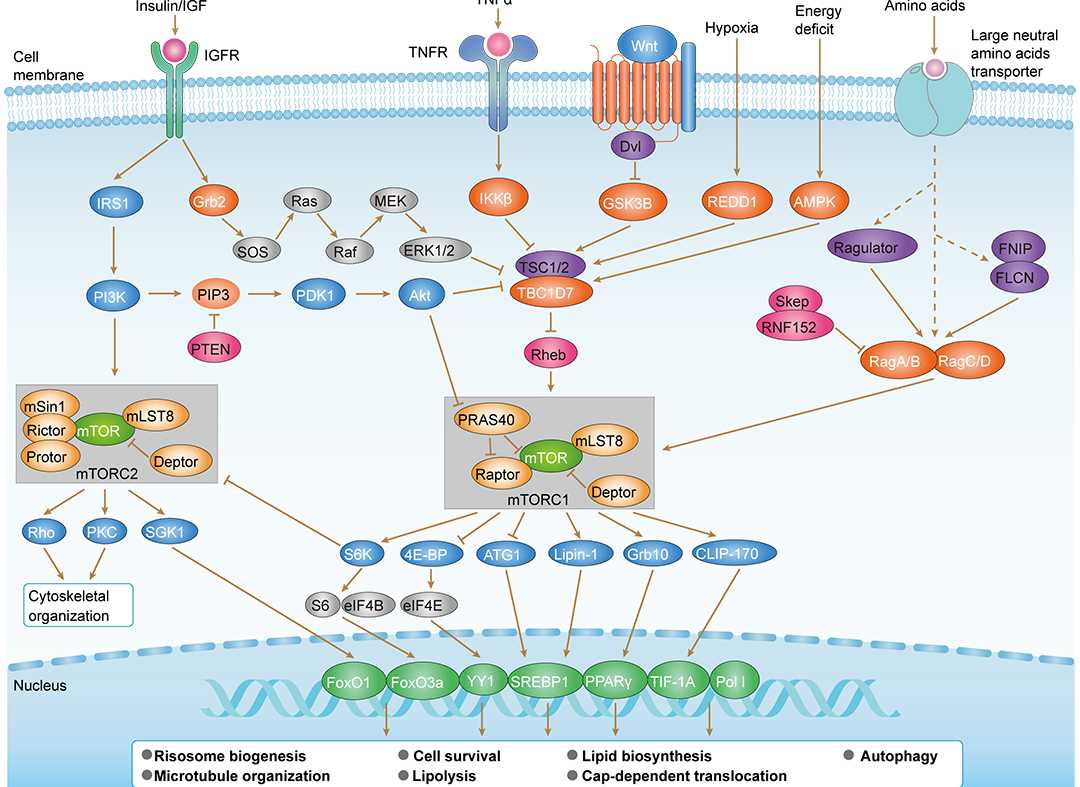 mTOR Signaling Pathway
mTOR Signaling Pathway
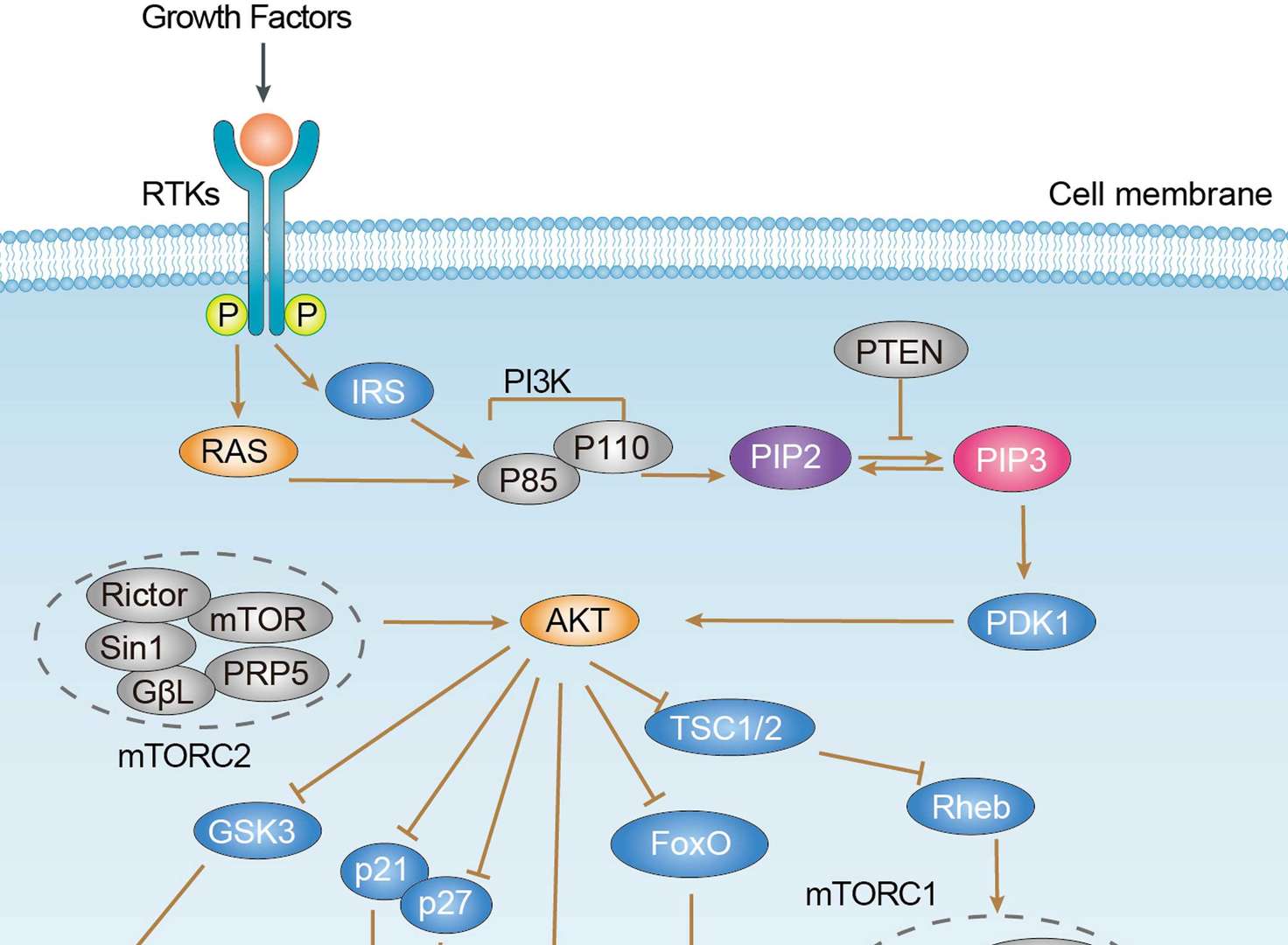 PI3K-Akt Signaling Pathway
PI3K-Akt Signaling Pathway
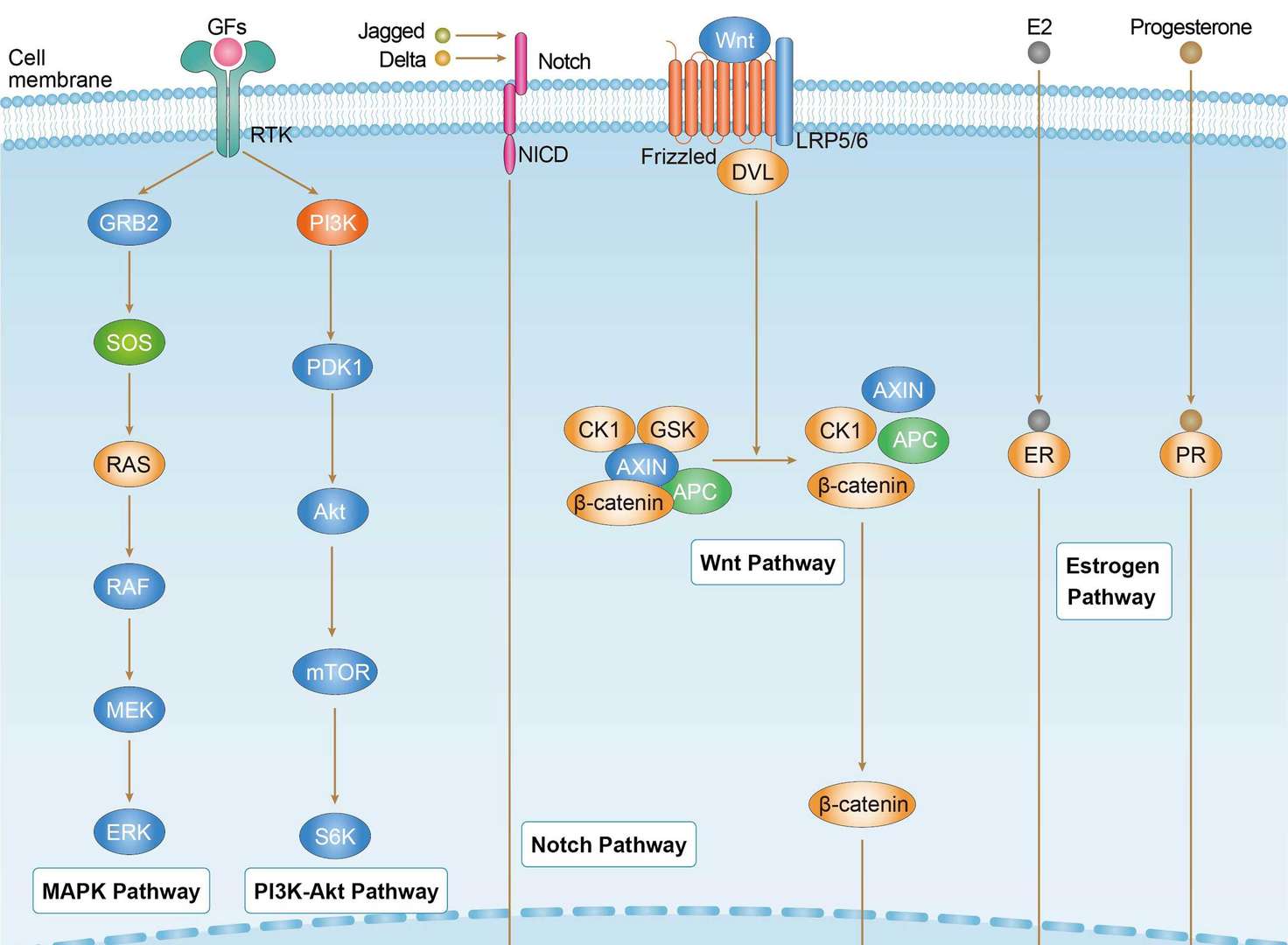 Breast Cancer
Breast Cancer
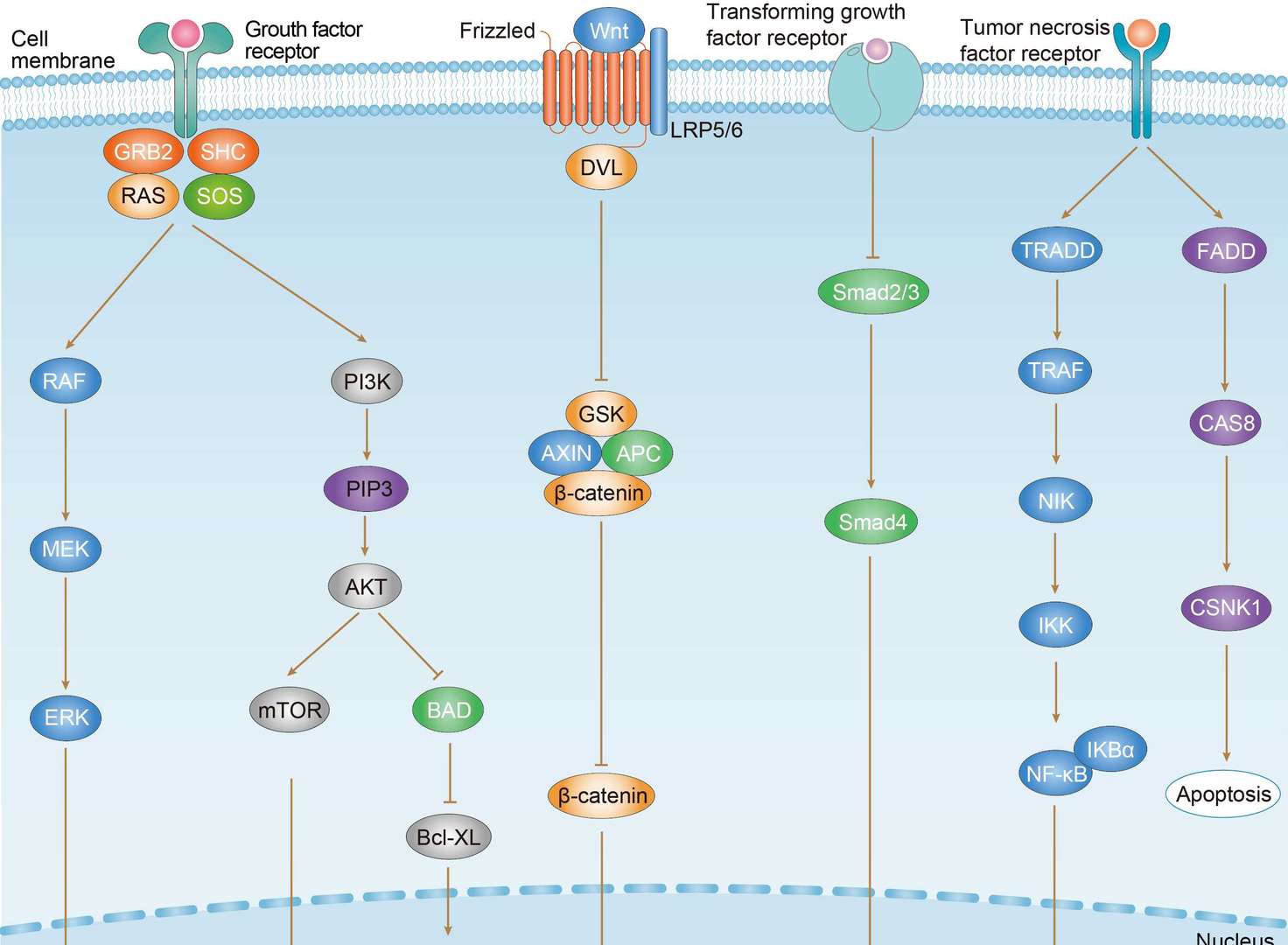 Colorectal Cancer
Colorectal Cancer
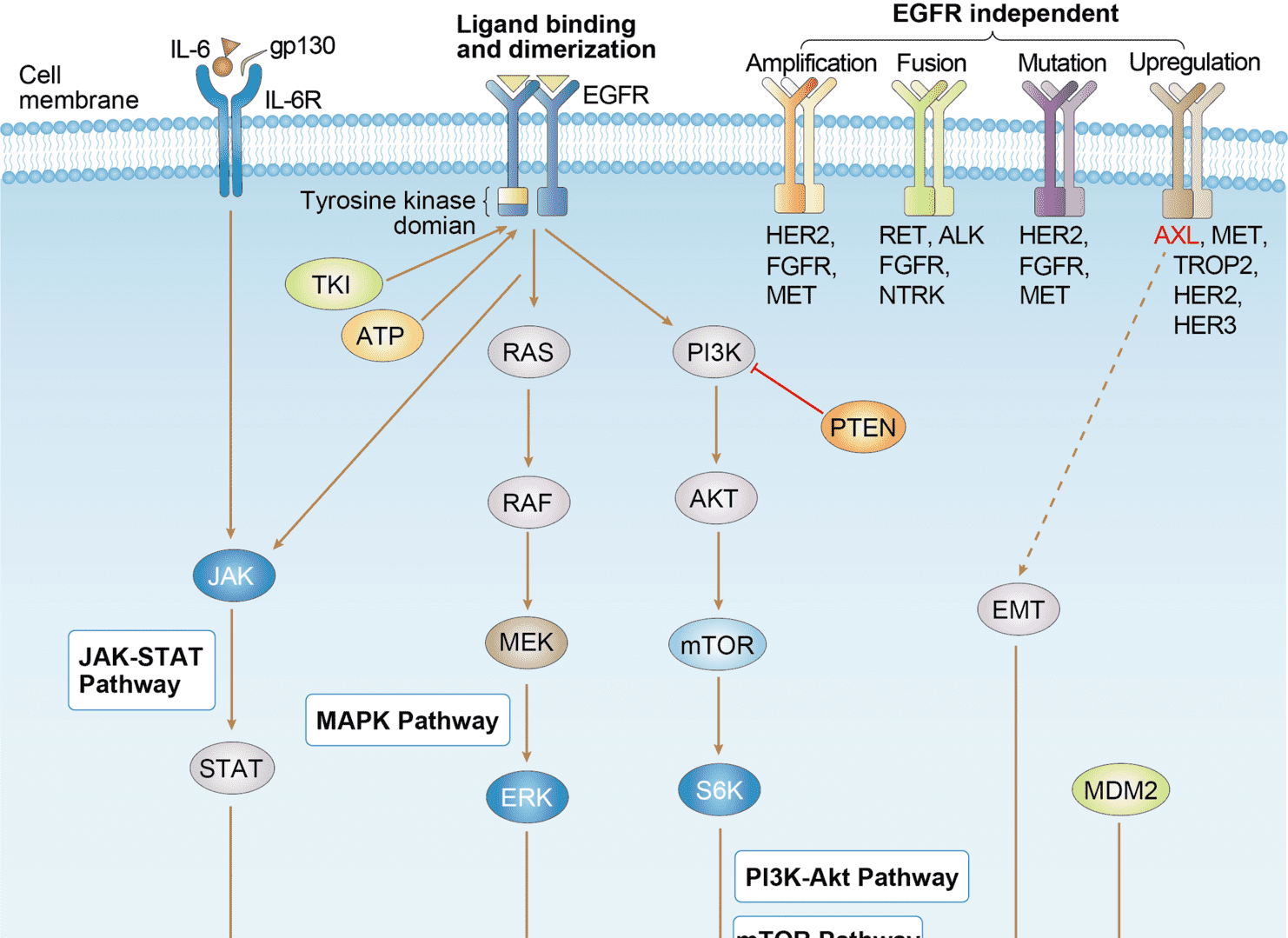 EGFR Tyrosine Kinase Inhibitor Resistance
EGFR Tyrosine Kinase Inhibitor Resistance
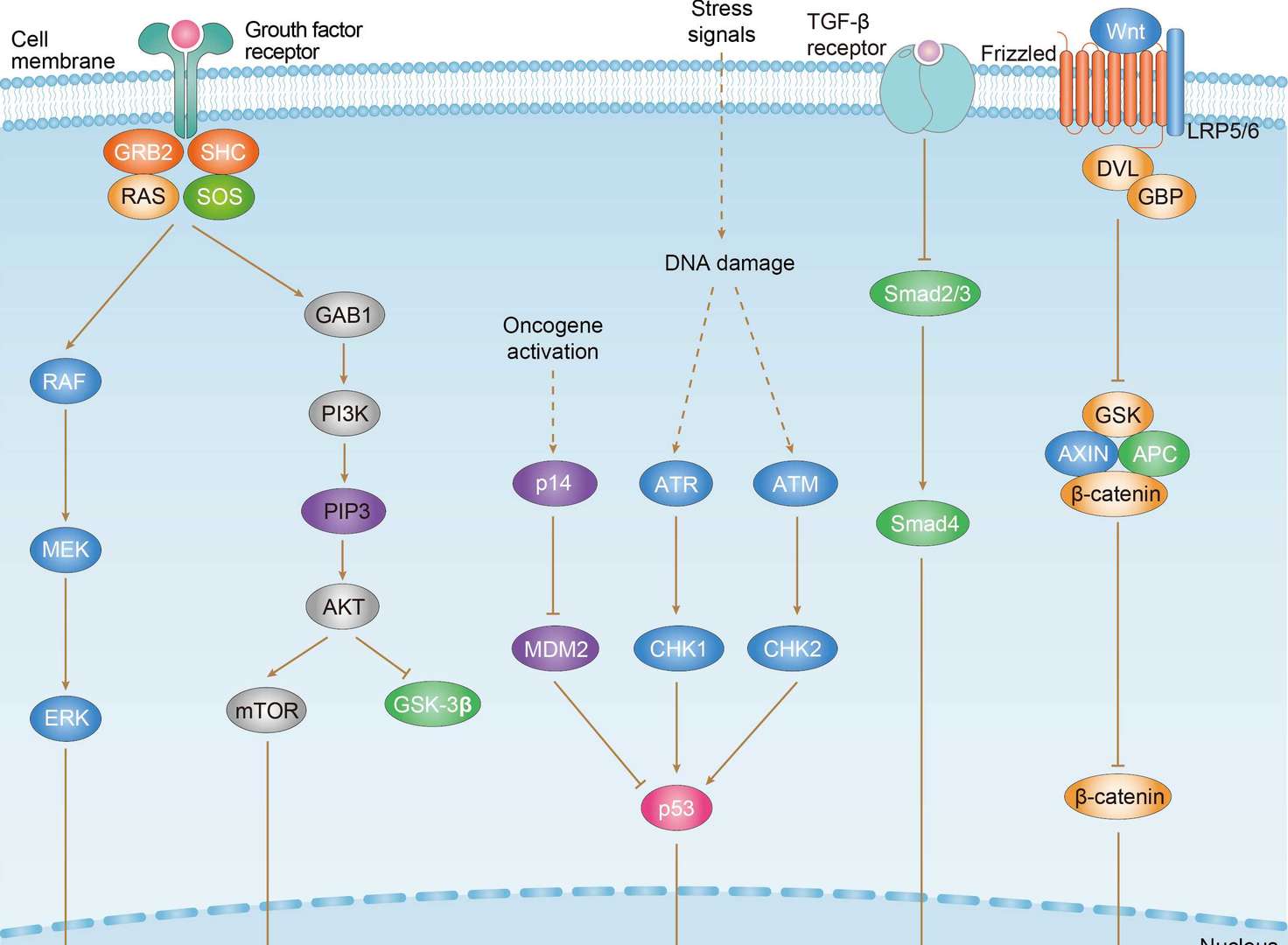 Gastric Cancer
Gastric Cancer
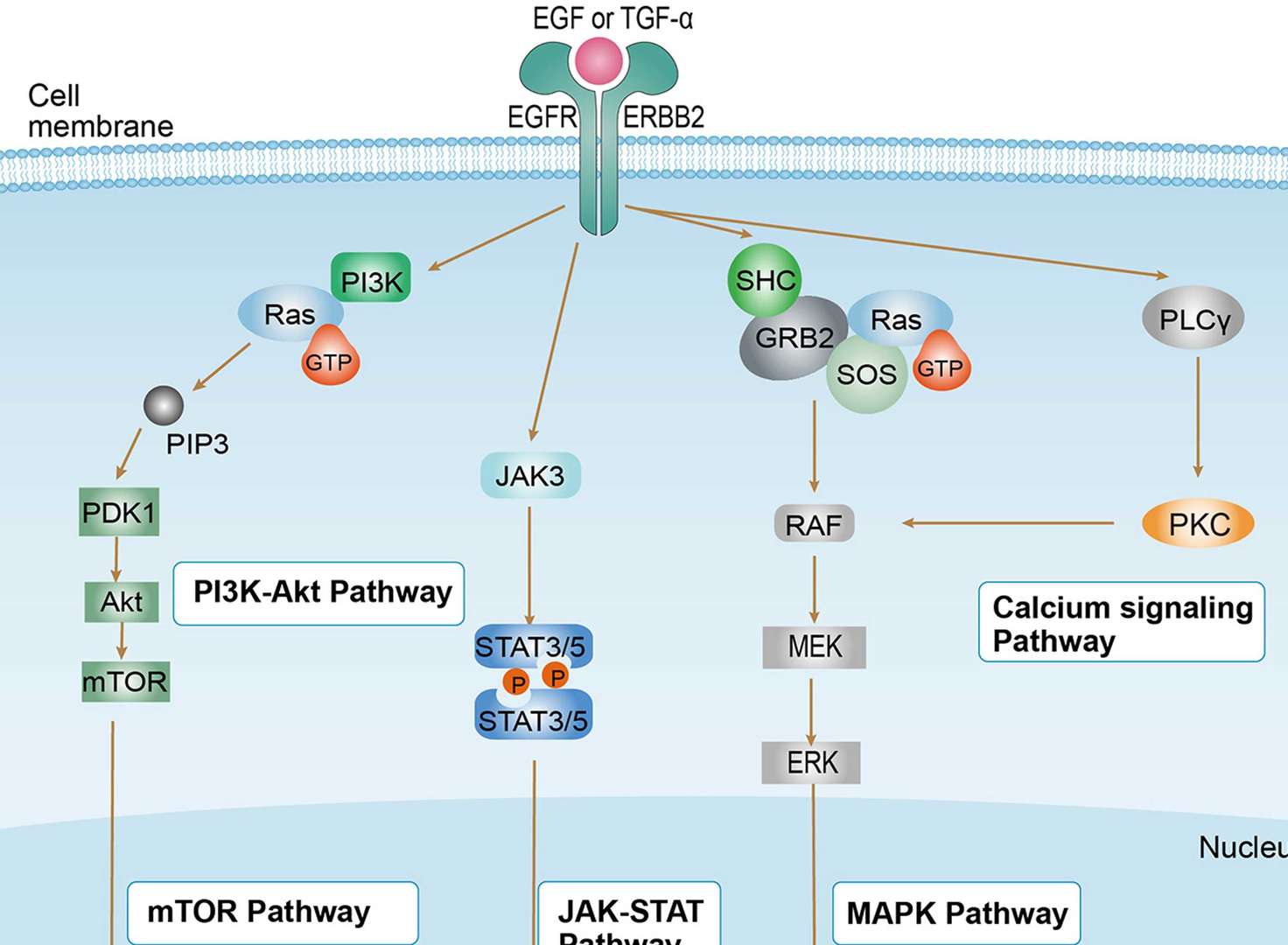 Non-small Cell Lung Cancer
Non-small Cell Lung Cancer
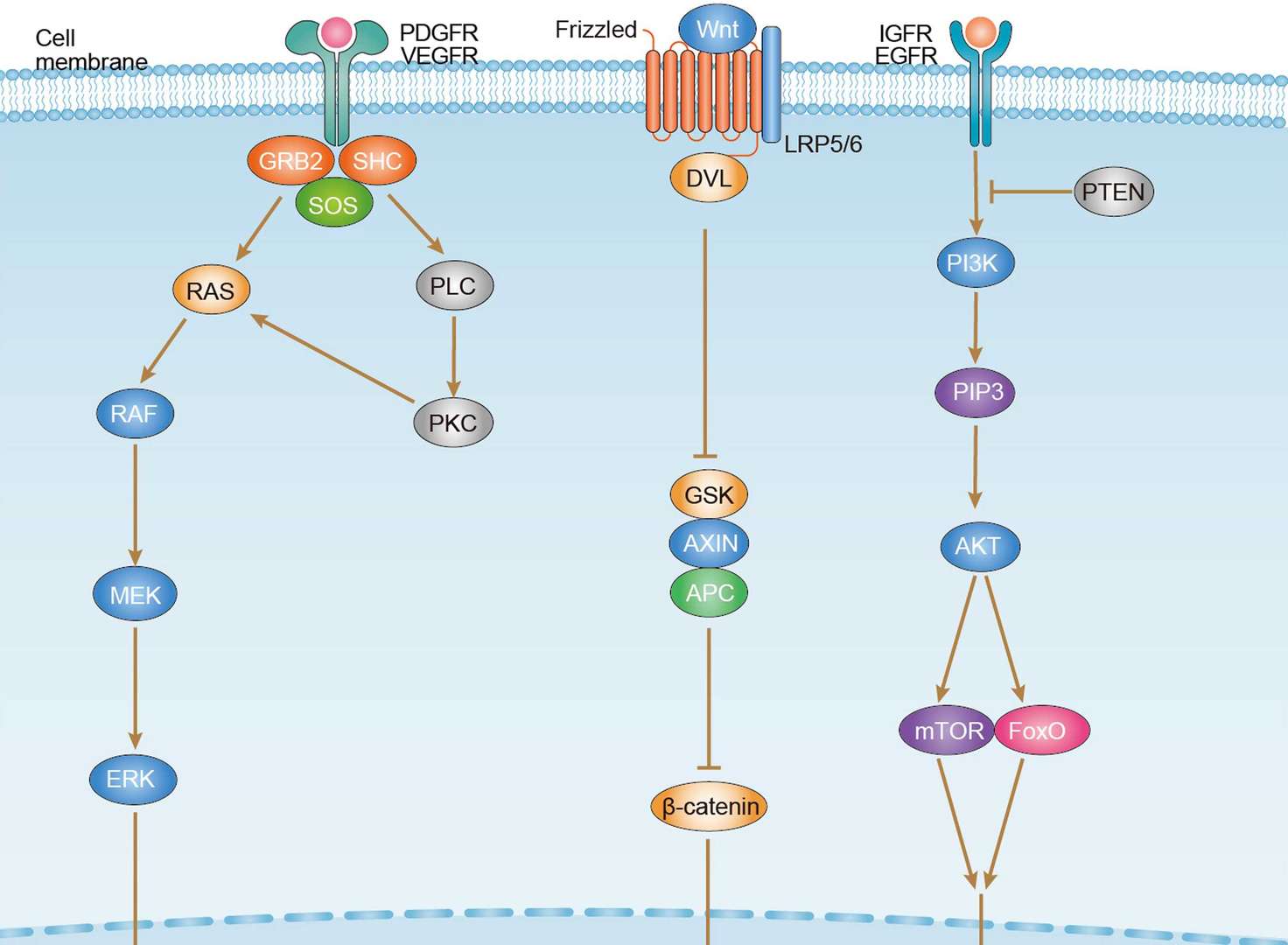 Hepatocellular Carcinoma
Hepatocellular Carcinoma

















